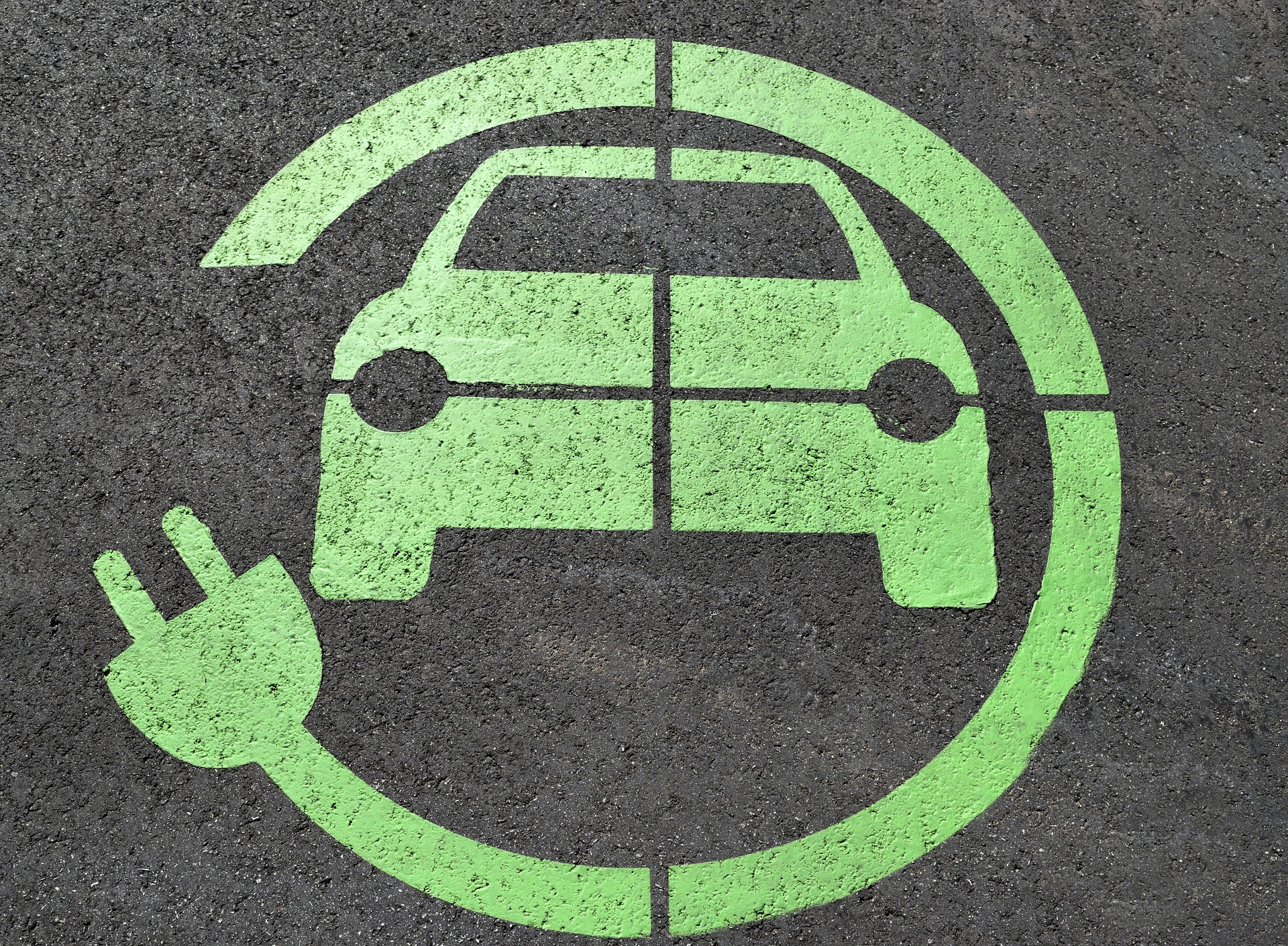Do you suspect that your service or product could have a positive climate impact called carbon handprint? Are you interested in knowing how to calculate a carbon handprint reliably? If yes, we suggest reading this blog post about our client Virta’s carbon handprint project.
Virta, founded in 2013, is a global pioneer in developing smart electric vehicle charging services. One of Virta’s core values is promoting a sustainable future while reducing the carbon footprint of mobility. At the moment, Virta is the leading electric vehicle charging platform operating in 36 countries in Europe and Southeast Asia.
Virta also puts its values into practice: It is important for Virta to understand its most significant emission sources. Once the emission sources are identified, Virta can set specific emission reduction targets.
We have calculated Virta’s carbon footprint and carbon handprint for the years 2021-2023. The most recent carbon handprint calculation project was completed in the spring of 2024.
What is a carbon handprint?
Carbon handprint calculation is a method developed by LUT University and VTT that allows companies to measure the positive climate impacts of their products or services and communicate them effectively, understandably, and credibly.
In carbon handprint calculation, a carbon footprint of a company’s product or service is compared to an average solution on the market: this difference constitutes the carbon handprint of the examined product or service. However, not all products and services can be assessed for their carbon handprint. Additionally, reliable carbon handprint calculations must withstand critical scrutiny, so it is essential that the carbon handprint is calculated accurately and that the assumptions used in the calculation are reported clearly and transparently. You can read more about the handprint calculation method in our previous blog post.
How is carbon handprint calculated in practice?
Virta’s goal for the project was to determine the carbon handprint of their electric vehicle charging business. Two aspects that are significant for the carbon handprint were defined:
- The baseline scenario, which was assumed to be driving a gasoline car.
- Virta’s solution, which is driving an electric vehicle.
The calculation included the production of vehicles, fuel production and usage, electricity generation, and the manufacturing of refueling and charging systems. The unit chosen for the carbon handprint was gCO2e/kilometer driven. This indicates how much less greenhouse gas emissions Virta’s solution produces per driven kilometer compared to driving a gasoline car. The results of the carbon handprint calculation enhanced Virta’s understanding of the positive climate impacts of its business. Accurate and transparent carbon handprint calculations can also provide Virta with a competitive advantage as they help communicate the positive climate impacts of their operations to stakeholders in an easy, clear, and reliable manner.
In addition to the carbon handprint, Virta’s carbon footprint has been calculated thrice. The company’s carbon footprint has been calculated according to the GHG Protocol standards. The carbon footprint summarizes the climate impact of the organization to a single number. However, emissions are also presented at the category level, enabling the company to see which parts of their operations produce the largest emissions. A precise and high-quality carbon footprint calculation also facilitates more accurate planning and calculation of emission reductions.
Why did Virta choose UseLess Company as a partner for calculating their carbon handprint?
At UseLess Company, our operations are driven by continuous improvement, which is why we actively seek feedback from our clients about our projects. Virta’s former Sustainability Manager, Antonia Åkerberg, described working with us as easy and straightforward. Antonia felt that communication between Virta and UseLess was open and clear. She also appreciated the support we provided in explaining the handprint project’s content and results to Virta’s stakeholders.
Antonia was also satisfied with the result materials provided by UseLess. These materials included a report on the calculation methods, assumptions, and results, an infographic of the results, and the calculation Excel sheet. The materials helped Virta in creating their own sustainability report, and the infographic provided a good foundation for a results image aligned with Virta’s brand image. Additionally, Antonia mentioned that Virta warmly recommends UseLess as a partner for both carbon handprint and carbon footprint calculations.
This led our team to ponder whether we could calculate a heartprint for customer experiences 😊 At UseLess, we collect feedback on every customer project. We always hope for genuine and honest feedback that comes straight from the heart (and the customer experience) – whether it’s praise, constructive criticism, or both. Each of our clients is genuinely important and meaningful to us, and our mission is to help our clients tackle the world’s wicked problems that require swift solutions.
